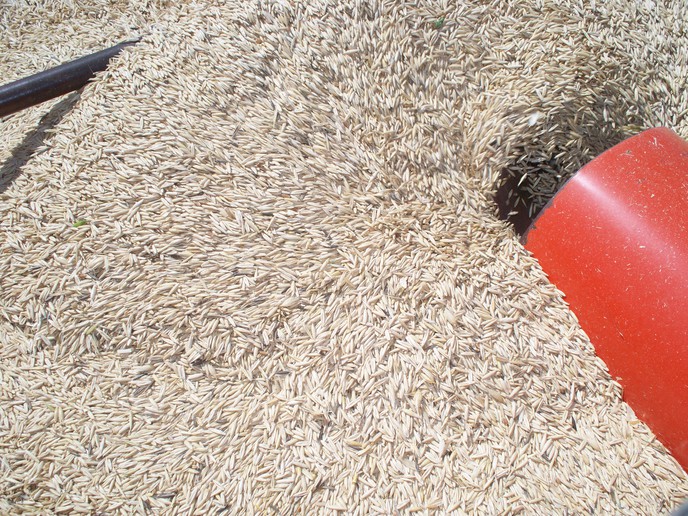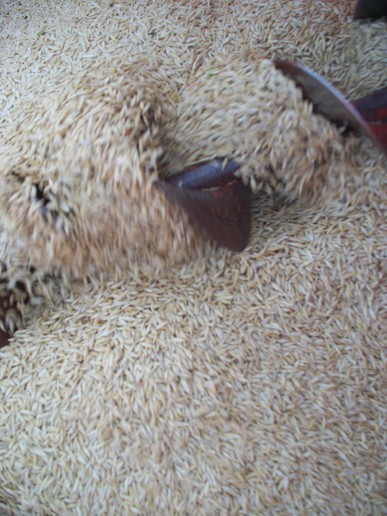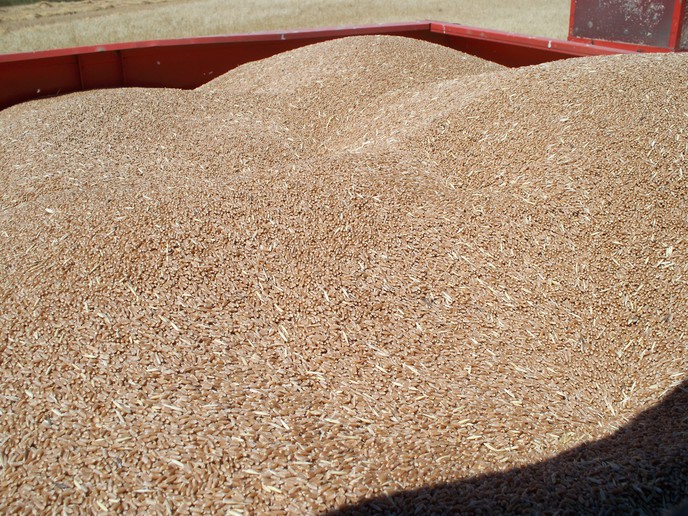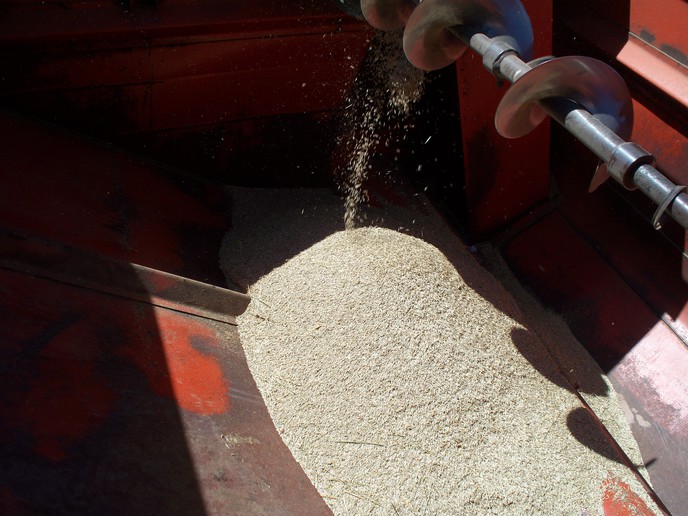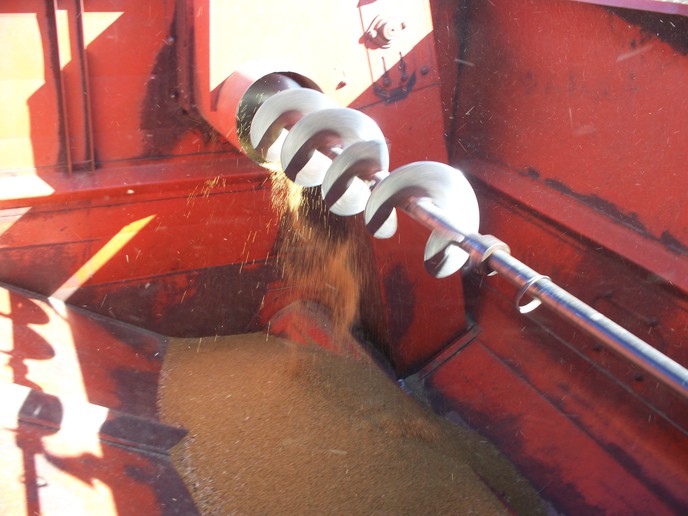Case Nutty 1660
Well-known Member
I just want to say my memory is just fine,, I have well over 45 years running working and setting Case combines,, I have also ran at times for others JD and MF combines,, I agree all should be able to be set to do a good job,, I am just stating what I have seen in my years,, I have now cut back on acres I cut every year,, for 30 plus of my years doing this I ran 800-2000 acres every year, cutting mainly Wheat then but I also did a lot of alfalfa and grass seed harvesting as well,, and of course Oats and Barley,, also raised and cut Camelina, Millet and Safflower oil seed crops,, the pics are of three of my Case machines cutting 100 bpa plus winter Wheat on my farm,, all three machines had the largest heads they could have,,, in this crop I would have liked a smaller size but by slowing down and knowing how to set them I was able to save almost all grain and stay in the 1-2% dockage and zero cracking. the man in the pic is my Uncle John,, this was the last time he got to run a combine, great memories for me, for those of you who can tell how a machine is working and if its set properly look at the windrows of straw that tells the tale to me
cnt
cnt
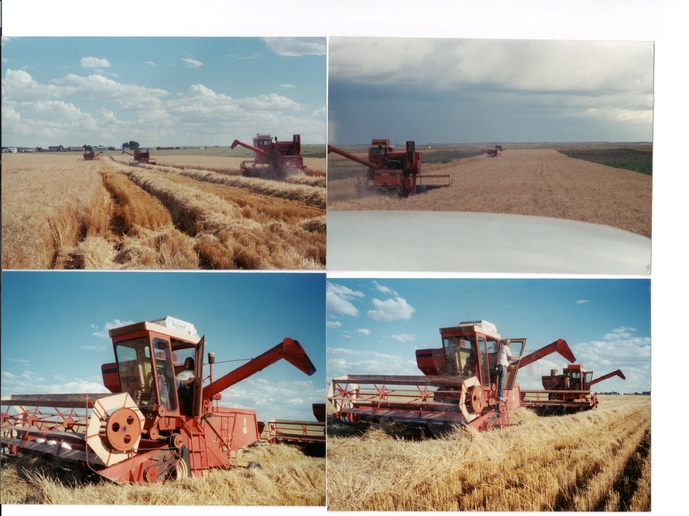
cnt
cnt



